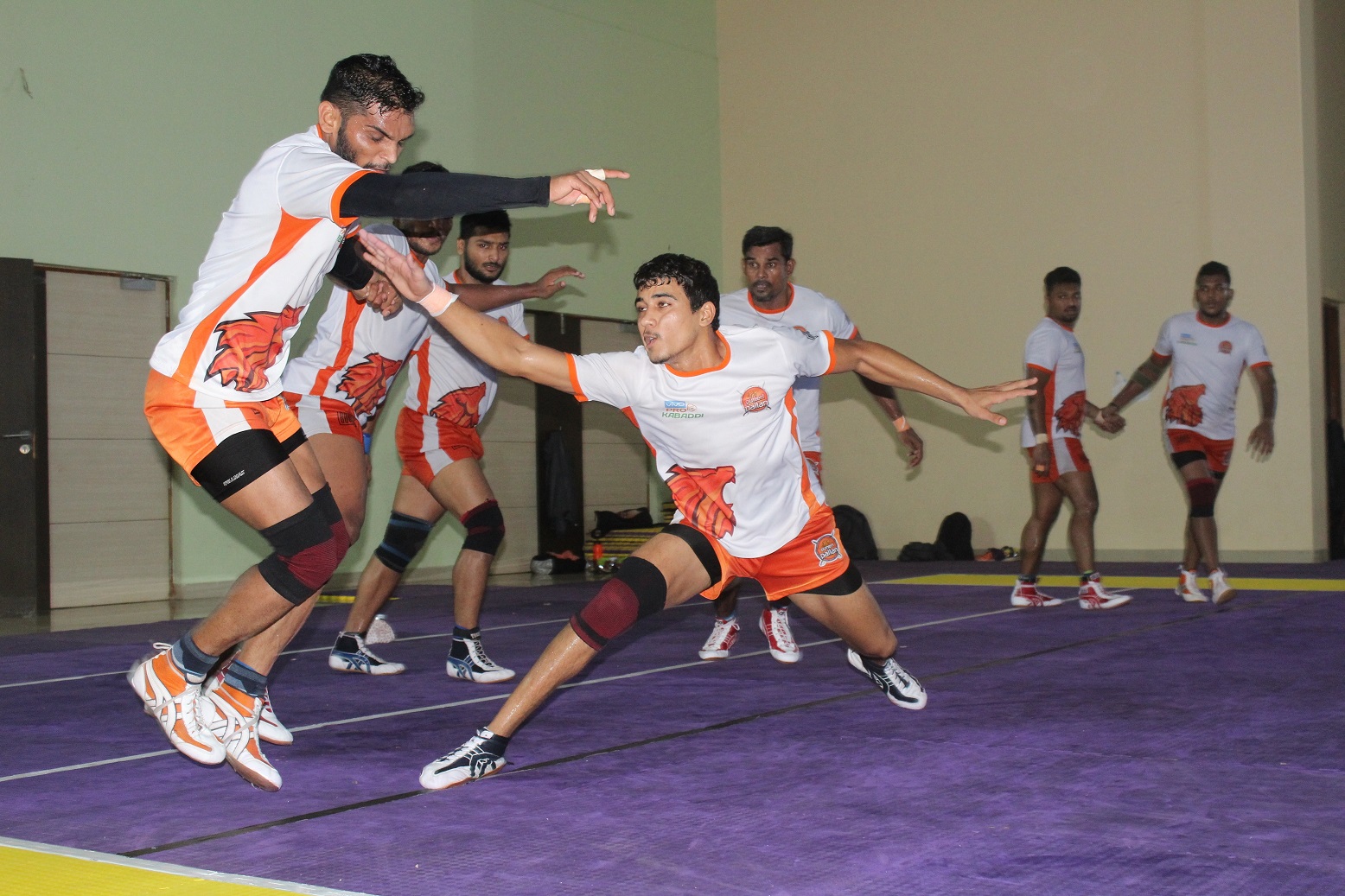The Art of Kabaddi
Kabaddi is a game that originated in the heartland of India in pre-historic times. The game finds mention in ancient scriptures like the Mahabharata and legend has it that Gautama Buddha enjoyed playing this sport.

Kabaddi is a contact sport that requires strength, stamina,
The rules of the game are simple. Though the game itself seems quite modest, it requires a lot of skill and technique to master.
There are two significant techniques in Kabaddi -
There are six things to keep in mind while raiding:
Entry into the opponent’s area
Chanting Kabaddi Kabaddi
Footwork
Tactics and Strategies
Anticipating defenders’ moves
Retreat (coming back from opponents’ zone)
A raider must continuously chant ‘Kabaddi Kabaddi’ before entering into the opposition’s half; else the

 ©
© After entering the field, the raider should be able to judge defenders’ moves. Every defender has a signature move, like thigh hold or ankle hold, the key is to be wary of these moves and dodge. A raider must carefully judge the body language and the stance of the defenders. He also needs to be aware of the distance between his body and the defender’s body. If a defender’s foot is in front, then you can go for a toe touch. Escaping is also an important skill that all raiders must have up their sleeve.
The footwork of the raider is imperative; it is a raider’s hallmark. Footwork is determined by the stance of the raider, his agility, his

 ©
© As important as raiding is to score points, and for this, the
The defenders should be alert right from the entry of the raider. They should be able to judge the speed and style of the defender to be able to tackle him accordingly. The most important skill for a defender to possess is – timing. The timing of the defenders can make or break the game. The raider comes with a pre-planned strategy in his mind, defenders should be able to gauge that and catch him. While catching the raider or throwing him off the court is important, the defenders must also be careful of the raider’s moves. If the raider touches a defender, the other team gets a point so ducking is also an important skill for a defender.
There are many moves for
But waist hold is not common because a good raider knows not to show his back, as it would make him vulnerable. Blocking is a technique that should be applied when the raider is fully surrounded by defenders with no means of
Over and above raiding and
Kabaddi is a sport that requires all the players to be on their toes all the time during the game. The game demands a lot of physical and mental strength. Players have to be physically fit because kabaddi tends to get rough at times and sportsmen are prone to injury. Stamina and good physical fitness will help one recover quickly. Players must do crossover exercises, running and work outs to build endurance. Along with physical fitness, a player should be conscious of his diet. An ideal diet should be correct mix of proteins and carbohydrates with minerals and vitamins.
Mental well-being is equally important, a calm and peaceful mind will help the player to take the right decisions at the right time. Every Kabaddi player must also learn to be patient, the game can at times get aggressive and make you restless. Yoga and meditation can help players in not only being calm and
A united team that shares a great bond wins!
(About the Author: The man whose cupboard is stuffed with medals and awards, including the Arjuna Award, Karnataka Government's Ekalavya Award, Kempe Gowda Award and the Best Kabaddi Player Award from Karnataka Olympic Association, is the head coach of Puneri Paltan. Ramesh is a known International Kabaddi player in India. He previously worked as an assistant manager in the State Bank of Mysore. In 1991, he made his debut for Karnataka in the Federation Cup in Salem. He then joined the State Bank of Mysore in 1994 and soon found his career on a distinct upswing. He donned the Bank Sports Board (BSB) colors with aplomb and jump-started his tenure with the Indian team as part of the gold winning squad in the SAF Games at Chennai in 1995.)

Comments
Sign up or log in to your account to leave comments and reactions
0 Comments